How to Braise Chilean Sea Bass for a Rich, Buttery Dish
Chilean sea bass is a luxurious, buttery fish that becomes even more irresistible when braised. In this recipe, I use a gentle braising method to let the fish soak up bold, aromatic flavors while staying tender and moist.
The result is an elegant, restaurant-worthy dish that’s surprisingly easy to prepare at home. Whether you’re cooking for a special occasion or just want to treat yourself, this recipe delivers deep flavor with minimal fuss.
I start by searing the fillets until they develop a delicate crust, then braise them in a flavorful broth infused with garlic, shallots, white wine, and fresh herbs. As the fish slowly cooks, it absorbs all the richness of the braising liquid without falling apart.
The texture becomes silky, and the taste stays clean and refined. Serve this dish over creamy mashed potatoes, steamed rice, or a bed of wilted greens—anything to soak up that delicious sauce.
This recipe proves that you don’t need heavy sauces or complicated techniques to make a standout seafood dish. With just a few quality ingredients and a simple method, braised Chilean sea bass becomes the star of the table. It’s a dish you’ll want to make again and again.
Braised Chilean Sea Bass Recipe
Ingredients
- 1 ½ pounds Chilean Sea Bass skin on and cut into four pieces
- salt and pepper freshly ground
- 2 tablespoons olive oil
- 1 tablespoon butter
- 1 bulb fennel sometimes called anise or sweet anise
- 2 cloves garlic
- ½ cup dry white wine
- 14 ½ ounce tomatoes with juice diced
- 3 tablespoons cilantro chopped
Instructions
- Choose a correct sized pan. See my article on How to Choose a Good Saute Pan.If you have a pan that's big enough to hold all four fillets, that great. If not, cook two pieces at a time. You don't want to overcrowd the pan. This also can result in steaming rather than browning. On the other hand, if the pan is too big, the fillets may cook too quickly and burn.
Heat and Brown
- Preheat your pan just a bit over low heat before you add the oil and butter. There are two reasons you do this.All pans have hot spots. If you add butter or oil to a cold pan it can start burning before it melts or heats up. For example, if you add butter to the hot spot, it may burn before it completely melts and coats the bottom of the pan or if it is added to a non-hot spot and hits the hot spot it may burn.There is an expression, "A watched pot never boils" which means if you stand there and watch a pot of water come to boil, it seems like it is taking forever. Our attention drifts and we get distracted. The same is true when heating up butter and oil in a pan. Have you ever added some cold butter to a cold pan, pushed it around a bit, became distracted and walked away only to have the butter burn? By preheating the pan you are ready to start cooking the moment you add your fat. Your attention is focused.
- When the pan is hot, about 180° F, add 1 tablespoon of oil and 1 tablespoon of butter. I like using a combination of oil & butter to get the extra flavor from the butter while the oil produces a nice crust and does not burn as quickly.
- When the oil is hot but before the butter starts to brown, add the fillets skin side up and sear the skinless side until golden brown. This should take 3 - 4 minutes. With a wide spatula so not to break the fish, flip over to the other side and cook again for 3 - 4 minutes.
- Remove the fish fillets from pan and transfer to a plate.When I prepared this at home the skin did not stick to the pan, but if it does, just scrape it off with your spatula and throw it out.I am taking the luxury of assuming you have a pan big enough to cook all 4 pieces. If you don't and are cooking in batches, you are going to have to add another tablespoon of oil and one of butter. Don't worry about the extra fat, it adds to the flavor.
- Now let's cook the fennel. Add the remaining tablespoon of olive oil to the pan and then the sliced fennel.
- Season with a little salt & pepper and cook 4 or 5 minutes until softened. Don't forget to give it a stir once in a while so it doesn't burn in the pan.
- Add the minced garlic and cook for an additional minute.
- Remove from heat and add your wine. Not always necessary to remove the pan, but just to be on the safe side, I like to add wine to any hot dish off the source of heat.
- Cover the pan with a tight fitting lid. If you don't have a matching lid for the pan, try some foil. Reduce the heat to medium and simmer the fennel for about 8 minutes until tender. The recipe suggests checking the fennel after 4 minutes to make sure it is not dry. If it is, just add a few tablespoons of water. When I made the dish it was not dry.
- Add the tomatoes and the juice they were packed in, ½ cup of water, and 2 tablespoons of the cilantro. Replace the cover and simmer for an additional 5 minutes.
- Remove the cover and taste for seasonings. Most often I find a dish needs a little salt to bring out the flavors. This is something you pick up with practice. You don't want to over salt a dish but if it tastes flat sometimes a pinch of salt will bring out the flavor.Also remember if the food is hot, your taste buds won't register the flavor. Have you ever noticed that food right from the stove to the table doesn't always taste as good as after it has had time to cool down a bit. Some of it has to do with giving the flavors to meld together but it also has to do with how hot the food is and what our taste buds can register.
- Return all the reserved sea bass to the pan skin side down even if you cooked them two at a time. At this point it doesn't matter. Add any of the accumulated juices that might be on the plate you held the fish. Don't throw out that additional flavor.
- Once again cover the pan and cook at a low simmer until the sea bass is cooked through. About 4 -5 minutes.
- Remove each piece carefully with your spatula and plate. Because of the incredible flavor from the fennel enhance broth, you may want to serve this dish in shallow soup bowls so you can soup out the broth at the end.
- You could serve this with simple orzo pasta or even some perfect mashed potatoes. Add a couple of spoonfuls to the bowl and place the fish on top. Spoon the broth over the top and garnish with the remaining chopped cilantro and fennel tops. As I said at the beginning, this meal is one that you would be proud to serve anyone or be thrilled to be served in a nice restaurant."It's As Good As It Gets"
Chilean Sea Bass
Chilean sea bass, also known as Patagonian toothfish (Dissostichus eleginoides), is a type of fish that is highly prized for its succulent, white flesh and rich flavor. Despite its name, it is not a true bass but rather a deep-sea fish found in the cold, deep waters of the Southern Hemisphere, particularly in the sub-Antarctic and Antarctic regions.
Category | Details |
| Flavor and Texture | Rich, buttery flavor with a smooth, velvety texture; large, moist flakes that hold up well to braising and roasting |
| Habitat | Cold, deep waters of the Southern Ocean around Antarctica, southern Chile, and the Patagonian Shelf |
| Sustainability | Considered vulnerable due to overfishing; certified sustainable options are available (look for MSC-certified sources) |
| Harvesting | Typically caught using longlines in deep-sea fisheries; strict regulations apply in sustainable fisheries to prevent overharvesting |
| Alternative Names | Patagonian toothfish (true species name); “Chilean sea bass” is the market name |
| Culinary Uses | Ideal for braising, roasting, grilling, or pan-searing; works well with bold sauces, citrus glazes, or miso marinades |
| Availability | Available year-round but can be expensive and occasionally hard to find depending on location and season |
| Side Dishes | Pairs well with mashed potatoes, wild rice, sautéed spinach, roasted vegetables, or citrus-dressed salads |
| Wine Pairing | Matches beautifully with Chardonnay, Viognier, or a light Pinot Noir; bright white wines complement its richness |
Braising
Braising is a cooking technique that combines two essential methods: searing and slow cooking in liquid. It involves first browning the main ingredient—often meat or vegetables—in fat over high heat to develop flavor and texture. This initial step caramelizes the surface, creating a rich, golden-brown crust that adds depth to the dish. The searing process also locks in moisture, ensuring the ingredient remains juicy and tender throughout the cooking process.
Once the ingredient is seared, it’s placed in a pot or pan and covered with a flavorful liquid, such as broth, wine, or a combination of both. The liquid should partially submerge the ingredient, allowing it to cook evenly and infuse with the surrounding flavors. The pot is then covered, and the heat is reduced to a gentle simmer, allowing the ingredients to cook slowly over a prolonged period.
Braising is a time-honored cooking method that yields dishes of exceptional flavor, tenderness, and depth, making it a favorite among home cooks and professional chefs. This recipe uses a tender fish cut, browns it, and cooks it relatively quickly in a covered pan with fennel-flavored broth.
Fennel
The fennel flavor is reminiscent of licorice or anise, with a sweet and slightly spicy undertone. Both the seeds and the bulbous stalks are used in cooking, each offering a unique taste and texture. Fennel seeds are commonly used as a spice, adding depth of flavor to dishes such as soups, stews, and curries. They are also used to flavor breads, sausages, and pickles.
The bulbous stalks of fennel can be eaten raw or cooked and have a crisp texture and mildly sweet flavor. They are often sliced thinly and used in salads, slaws, and crudité platters, or roasted, grilled, or sautéed as a side dish or vegetable accompaniment.
In addition to its culinary uses, fennel is also valued for its medicinal properties. It has been used in traditional herbal medicine for centuries to aid digestion, soothe upset stomachs, and relieve bloating and gas. Fennel tea, made from steeping fennel seeds in hot water, is a popular remedy for digestive issues and is believed to promote overall health and well-being.

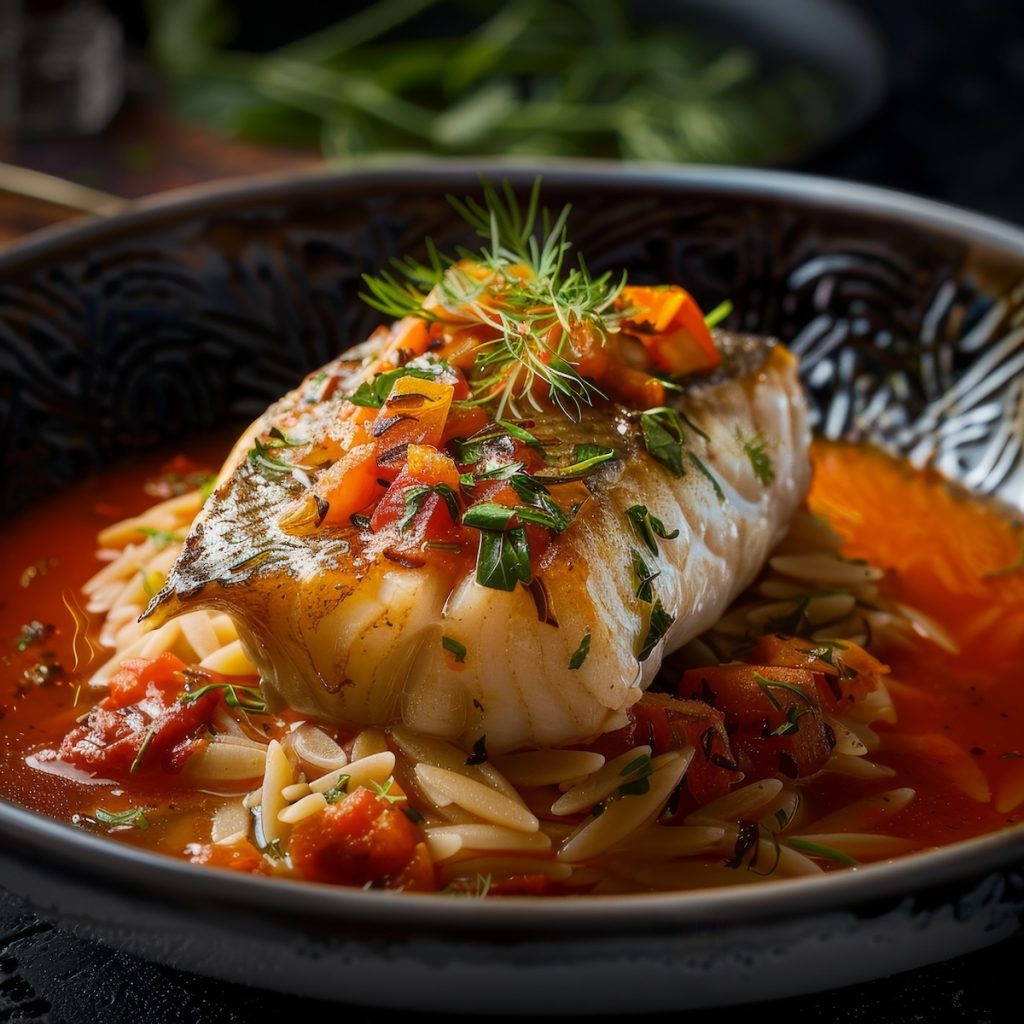
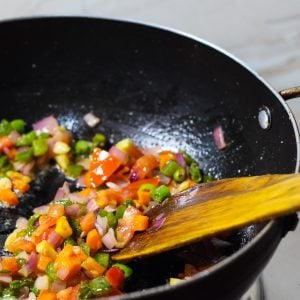
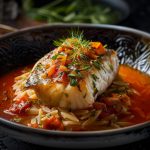
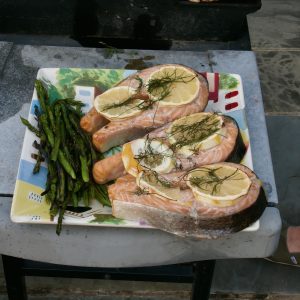
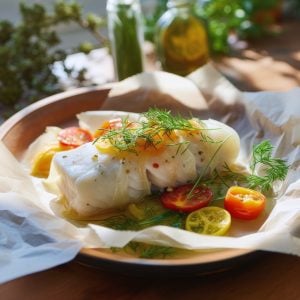
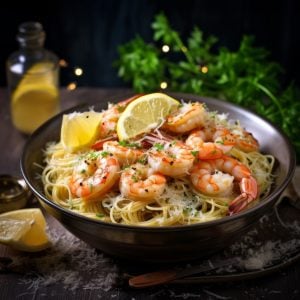
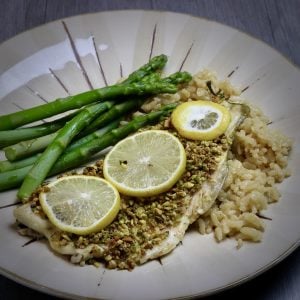
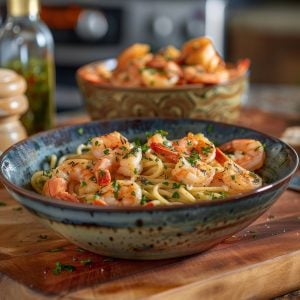
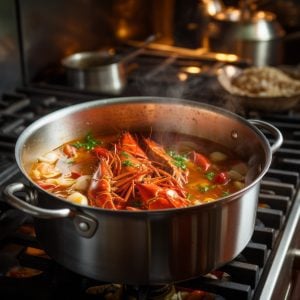
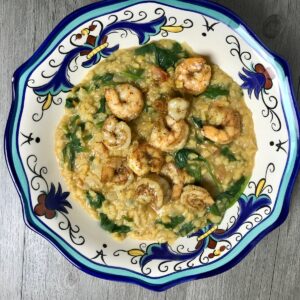
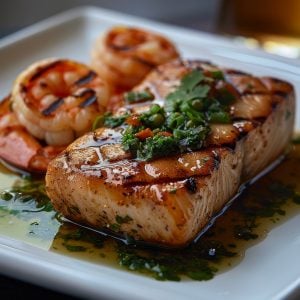


One Response
Hi there,
I just stumbled across this blog and I think it’s really cool. I have a lot of self-seeded fennel in the garden and I’ll be using your recipe ideas – but I won’t be using any Chilean Sea Bass. “Chilean Sea Bass” actually refers to Antarctic Toothfish, sourced from the Ross Sea, the most pristine ocean ecosystem on the planet. The Antarctic toothfish fishery is relatively new, and since fishing began in the area, toothfish numbers have plummeted, which is likely to have flow-on effects for the greater ecosystem. Responsible fishmongers will be able to recommend more-sustainable options in your local area. For more information, please see http://www.lastocean.org/